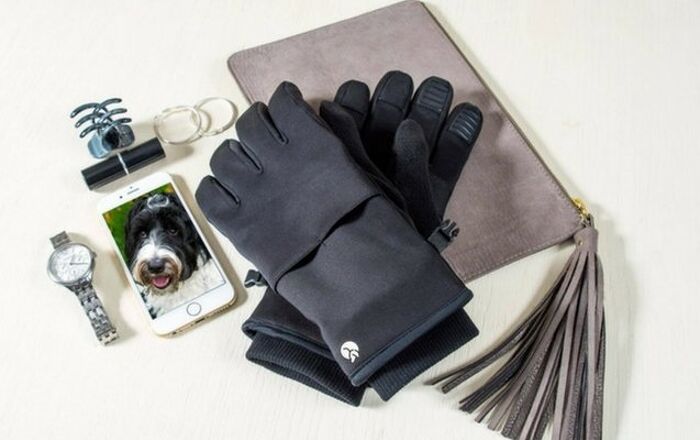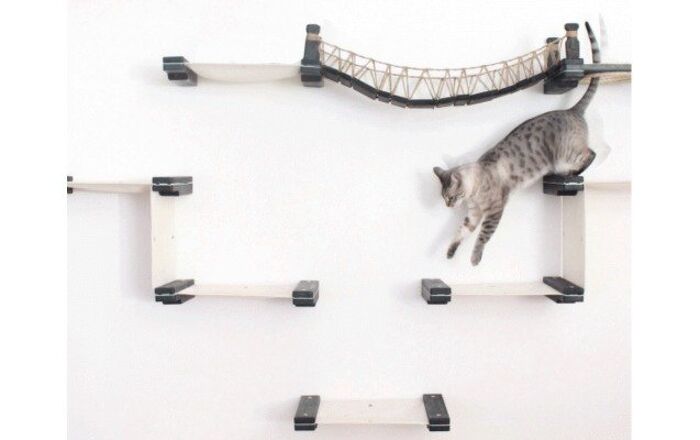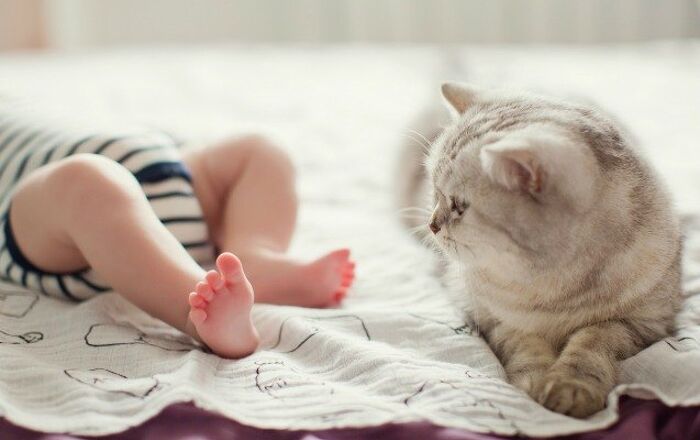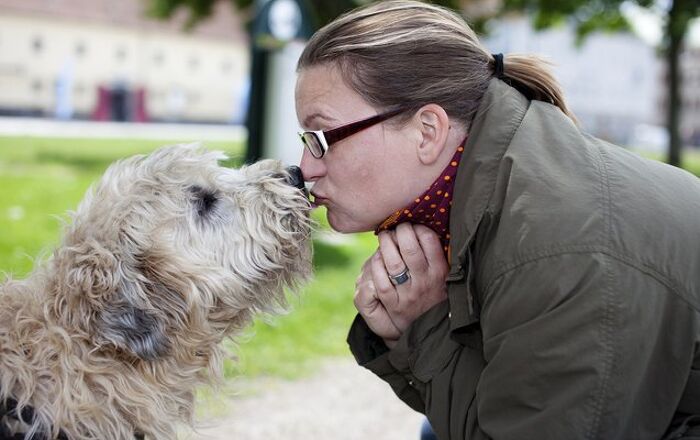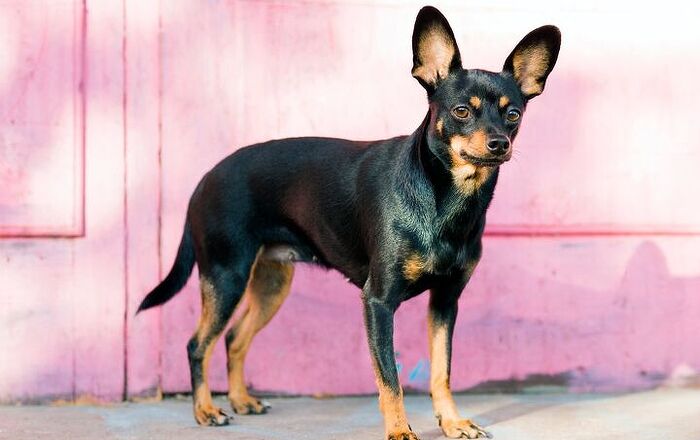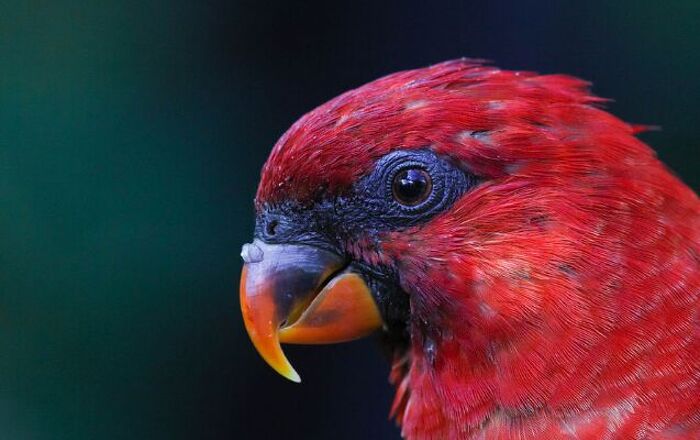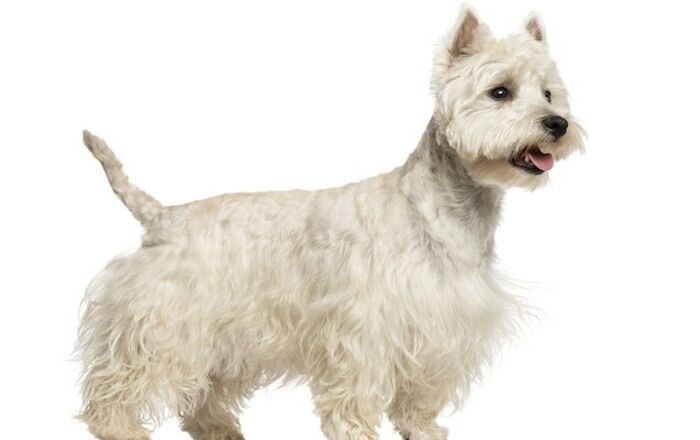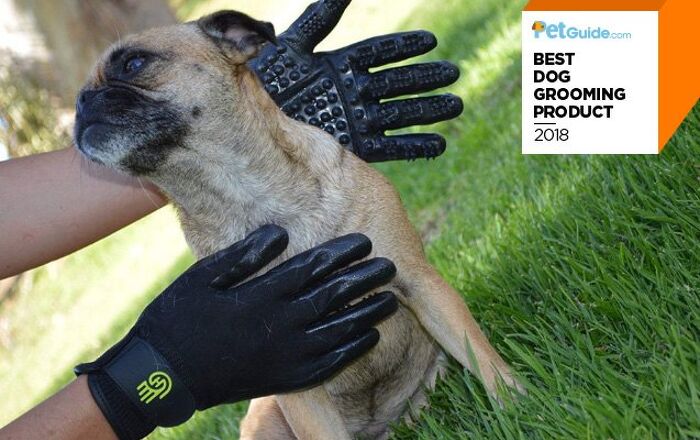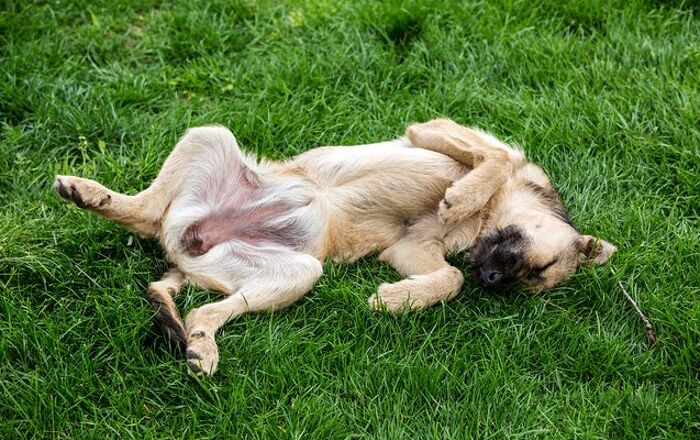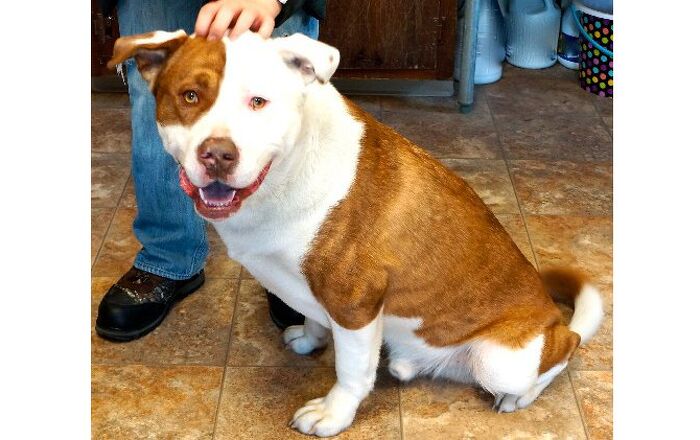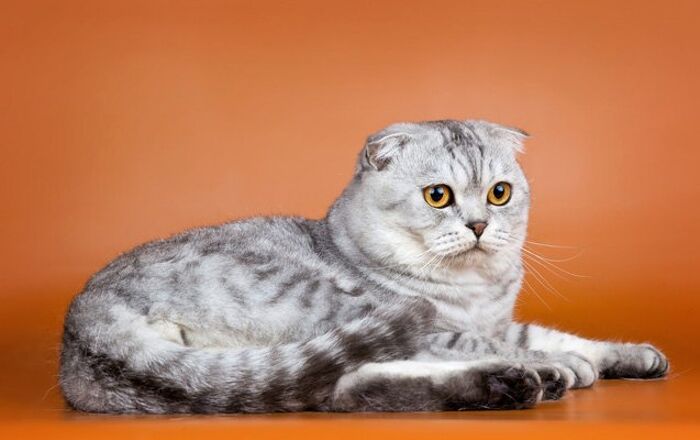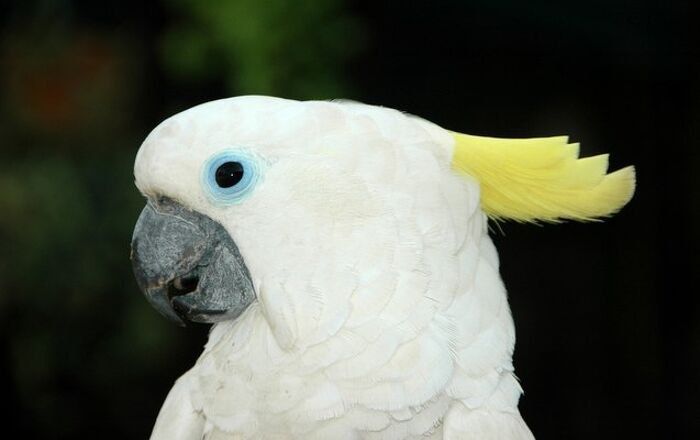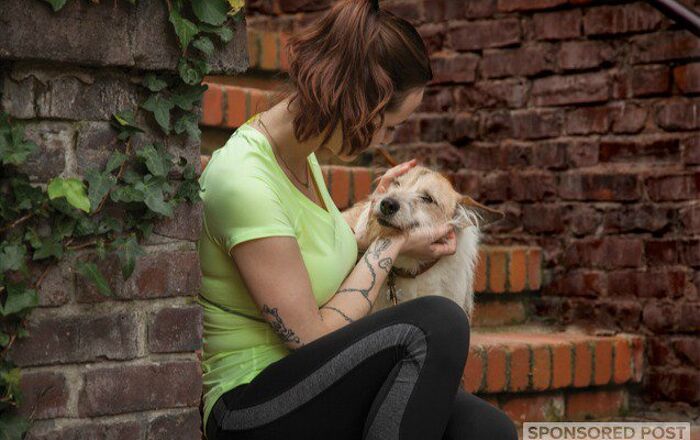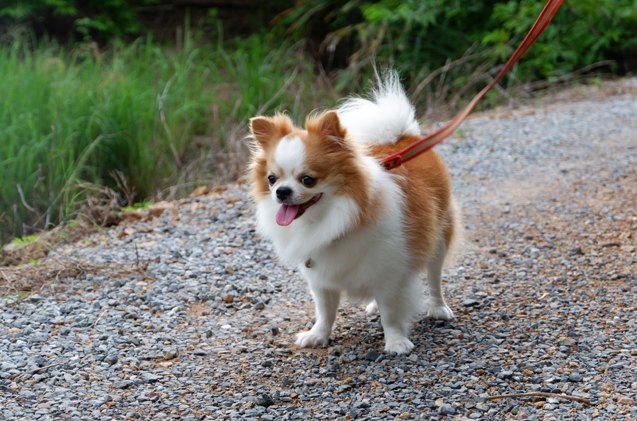
Chilier Basics
The friendly little Chilier is a mix of the independent Chihuahua and the sweet, playful Cavalier King Charles Spaniel. The result is a friendly, family dog that does well with children and other animals alike however can be a handful for a first-time dog owner when it comes to training.
The Chilier brings the Chihuahua together with the playful Cavalier King Charles Spaniel.
Origin
The Chilier is a more recent addition to the roster of Designer Dogs in the U.S. Typically these dogs are first generation offspring of two different purebred dogs – in this instance the Chihuahua and the Cavalier King Charles Spaniel. Though the Chilier is a newer designer dog, his ancestry dates as far back as Pre-Columbian Cavalier King Charles Spaniel was a favorite of royalty.
Pedigree
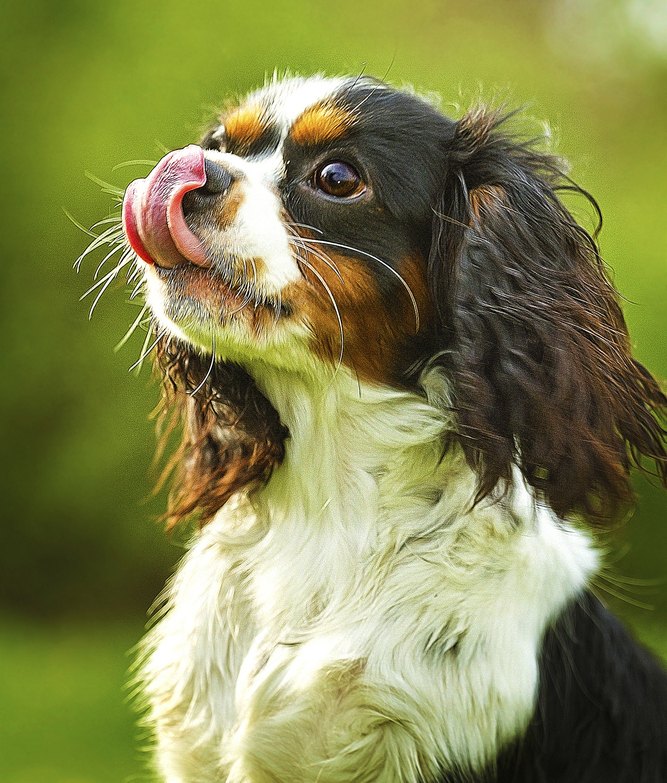
The Chilier is not a purebred and therefore is not registered with the American Kennel Club (AKC). Both parent lines are members; the Chihuahua joined the AKC’s “toy” group back in 1904 while the Cavalier King Charles Spaniel became a member in 1995 in the “toy” group.
Food / Diet
Chiliers have an above average tendency to gain weight so in addition to keeping him active; he needs a diet of high quality, nutrient-rich kibble that reflects his age, size and activity level. Feeding should be smaller meals 2 to 3 times daily versus free-feeding to help prevent weight gain that can create joint and mobility issues later in life.
Your Chilier is an active little dog who will need daily walks to keep him fit.
Training
The Chilier is the product of 2 very bright dog breeds however the Chihuahua side brings a stubborn streak that can make training difficult. Patience will be required, along with a firm, consistent approach. Because Chihuahuas can be aggressive towards other animals, socialization needs to begin when he is young. As with any dog, a consistent, rewards based approach will net you the best results and for first-time dog owners, a professional trainer may be the best route.
Weight
Your Chilier is a small dog that will weigh between 6 and 12 pounds
Temperament / Behavior
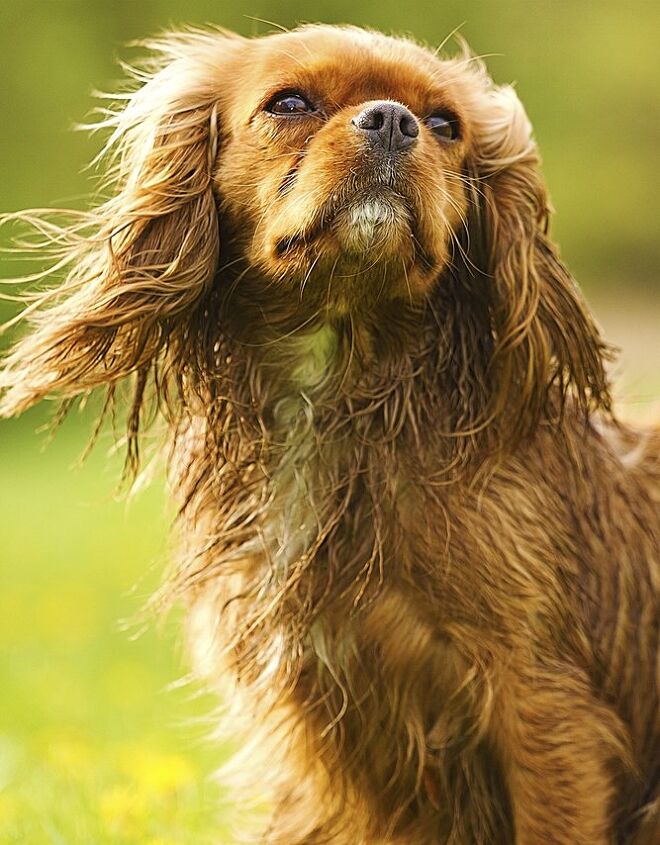
The Chilier is considered friendly, outgoing and loyal although if not properly socialized he may show traits of the Chihuahua such as stubbornness and aggression towards other animals. Typically he is a loyal, loving family or companion dog that bonds closely with his owner and is comfortable around new faces – so not the ideal watchdog.
Common Health Problems
Although Designer Dogs can often avoid the health issues common in their pure-bred parents, it’s important to know what your new pup might inherit. Dogs with Chihuahua and Cavalier King Charles Spaniel lineage may suffer from patella luxation and joint issues as well as hypoglycemia and eye problems due to the spaniel’s more pronounced eyes.
Life Expectancy
The Chilier has a life expectancy of 10-16 years – which is longer than most small breeds.
Exercise Requirements
Your Chilier is an active little dog who will need daily walks to keep him fit and visits to a dog park to keep him mentally stimulated and reinforce his need for socialization. He does do well in apartments, however needs active indoor playtime to keep him from becoming bored and destructive. Puzzle or interactive toys can be a great addition to his workout routine.
The Chilier is a friendly, outgoing and loving family pet.
Recognized Clubs
Also known as the Cava Chi, Chivalier or Cavachi, the Chilier is recognized by the the Dog Registry of America, Inc. (DRA), American Canine Hybrid Club (ACHC), Designer Dogs Kennel Club (DDKC), International Designer Canine Registry (IDCR)
Coat
The Chilier’s long and silky coat requires low to moderate maintenance and sheds minimally so this dog is ideal for those not wanting to have to vacuum each day. He will need brushing 2 to 3 times per week and bathing only as needed to avoid drying out his skin. His floppy ears mean he will need to have them inspected and wiped out weekly to avoid a buildup of debris and potential infection.
Puppies
Socialize your Chilier puppy early. Chihuahua DNA can result in a territorial little pooch that doesn’t play well with kids and other animals so work with him from the very beginning. Because of his tendency to joint issues later in life, don’t over-exert him with exercise that can damage bones. As with any puppy, proper nutrition is important and your vet can guide you to the best brand for this breed.
Photo credit: Pitimon Takean/Shutterstock.com; Best dog photo/Shutterstock.com

